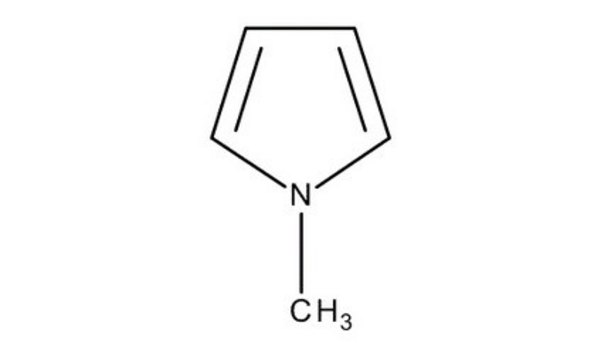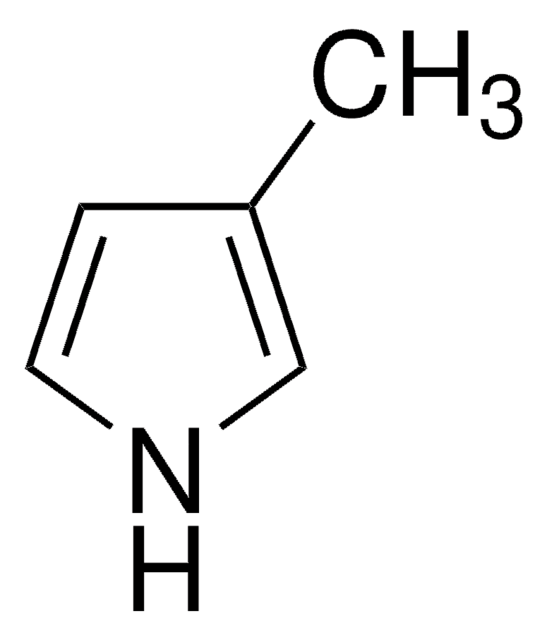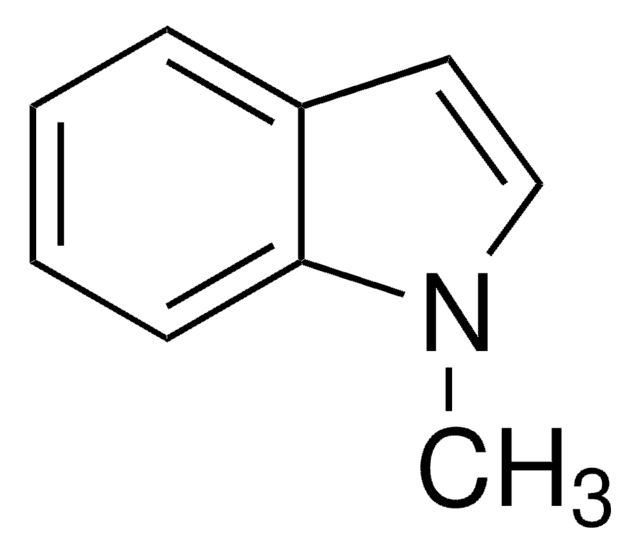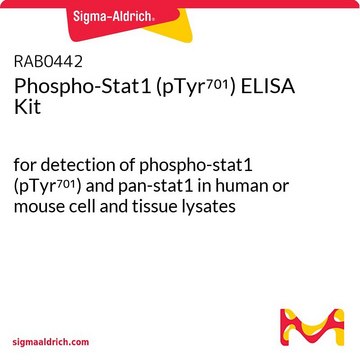G211100
DMT-2′O-Methyl-rG(ib) Phosphoramidite
Synonym(s):
DMT-2′-O-Me-rG(ib) amidite, N-(2-methyl-1-oxopropyl)-5′-O-[bis(4-methoxyphenyl)phenylmethyl]-2′-O-methyl-guanosine, 3′-[2-cyanoethyl N,N-bis(1-methylethyl)phosphoramidite]
About This Item
Recommended Products
biological source
non-animal source (no BSE/TSE risk)
Quality Level
assay
≥99% (31P-NMR)
≥99.0% (reversed phase HPLC)
form
powder
impurities
≤0.1% single unspecified Impurity (reversed phase HPLC)
≤0.3% mG2 (reversed phase HPLC, Hydrolysate)
≤0.3% mG3 (reversed phase HPLC, DMT-rG(ib)me)
≤0.3 wt. % water content (Karl Fischer)
≤0.5% P(III) Impurities 100-169ppm (31P-NMR)
≤1.0% mG1 (reversed phase HPLC, DMT-rG(ib)me-DMT)
≤3 wt. % residual Solvent content
color
white to off-white
λ
conforms (UV/VIS Identity)
suitability
conforms to structure for H-NMR
conforms to structure for LC-MS
nucleoside profile
base: guanosine
base protecting group: isobutyryl
2' protecting group: methyl
5' protecting group: DMT
deprotection: standard
storage temp.
2-8°C
Looking for similar products? Visit Product Comparison Guide
Related Categories
1 of 4
This Item | RAB0442 | RAB0440 | RAB0446 |
|---|---|---|---|
| Gene Information human ... STAT1(6772) | Gene Information human ... STAT1(6772) | Gene Information human ... STAT1(6772) | Gene Information human ... STAT3(6774) |
| species reactivity mouse, human | species reactivity human, mouse | species reactivity mouse, human | species reactivity human, mouse, rat |
| Quality Level 100 | Quality Level 100 | Quality Level - | Quality Level 100 |
| technique(s) ELISA: suitable, capture ELISA: suitable | technique(s) ELISA: suitable, capture ELISA: suitable | technique(s) ELISA: suitable, capture ELISA: suitable | technique(s) ELISA: suitable, capture ELISA: suitable |
| storage temp. −20°C | storage temp. −20°C | storage temp. −20°C | storage temp. −20°C |
| shipped in wet ice | shipped in wet ice | shipped in wet ice | shipped in wet ice |
General description
Application
- Diagnostic probes
- Aptamer and ribozyme development
- Mixed 2′O-Methyl-RNA/DNA antisense molecules
Storage Class
11 - Combustible Solids
wgk_germany
WGK 3
flash_point_f
Not applicable
flash_point_c
Not applicable
Choose from one of the most recent versions:
Already Own This Product?
Find documentation for the products that you have recently purchased in the Document Library.
Customers Also Viewed
Our team of scientists has experience in all areas of research including Life Science, Material Science, Chemical Synthesis, Chromatography, Analytical and many others.
Contact Technical Service
















